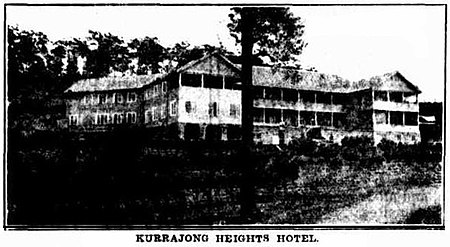Sydney ( (listen) SID-nee; Dharug: Gadi; Greater Sydney, Dharug: Eora) is the capital city of the state of New South Wales, and the most populous city in Australia and Oceania. Located on Australia's east coast, the metropolis surrounds Port Jackson and extends about 70 km (43.5 mi) on its periphery towards the Blue Mountains to the west, Hawkesbury to the north, the Royal National Park to the south and Macarthur to the south-west. Sydney is made up of 658 suburbs, spread across 33 local government areas. Residents of the city are known as "Sydneysiders". As of June 2020, Sydney's estimated metropolitan population was 5,361,466, meaning the city is home to approximately 66% of the state's population. Nicknames of the city include the 'Emerald City' and the 'Harbour City'.Indigenous Australians have inhabited the Sydney area for at least 30,000 years, and thousands of Aboriginal engravings remain throughout the region. During his first Pacific voyage in 1770, Lieutenant James Cook and his crew became the first Europeans to chart the eastern coast of Australia, making landfall at Botany Bay. In 1788, the First Fleet of convicts, led by Arthur Phillip, founded Sydney as a British penal colony, the first European settlement in Australia. After World War II, it experienced mass migration and became one of the most multicultural cities in the world. Furthermore, 45.4% of the population reported having been born overseas, and the city has the fourth-largest foreign-born population of any city in the world after London and New York City.Despite being one of the most expensive cities in the world, Sydney frequently ranks in the top ten most liveable cities in the world. It is classified as an Alpha global city by the Globalization and World Cities Research Network, indicating its influence in the region and throughout the world. Ranked eleventh in the world for economic opportunity, Sydney has an advanced market economy with strengths in finance, manufacturing and tourism. Established in 1850, the University of Sydney was Australia's first university and is regarded as one of the world's leading universities.Sydney has hosted major international sporting events such as the 2000 Summer Olympics. The city is among the top fifteen most-visited cities in the world, with millions of tourists coming each year to see the city's landmarks. Boasting over 1,000,000 ha (2,500,000 acres) of nature reserves and parks, its notable natural features include Sydney Harbour and Royal National Park. Built attractions such as the Sydney Harbour Bridge and the World Heritage-listed Sydney Opera House are also well known to international visitors. The main passenger airport serving the metropolitan area is Kingsford Smith Airport, one of the world's oldest continually operating airports.











